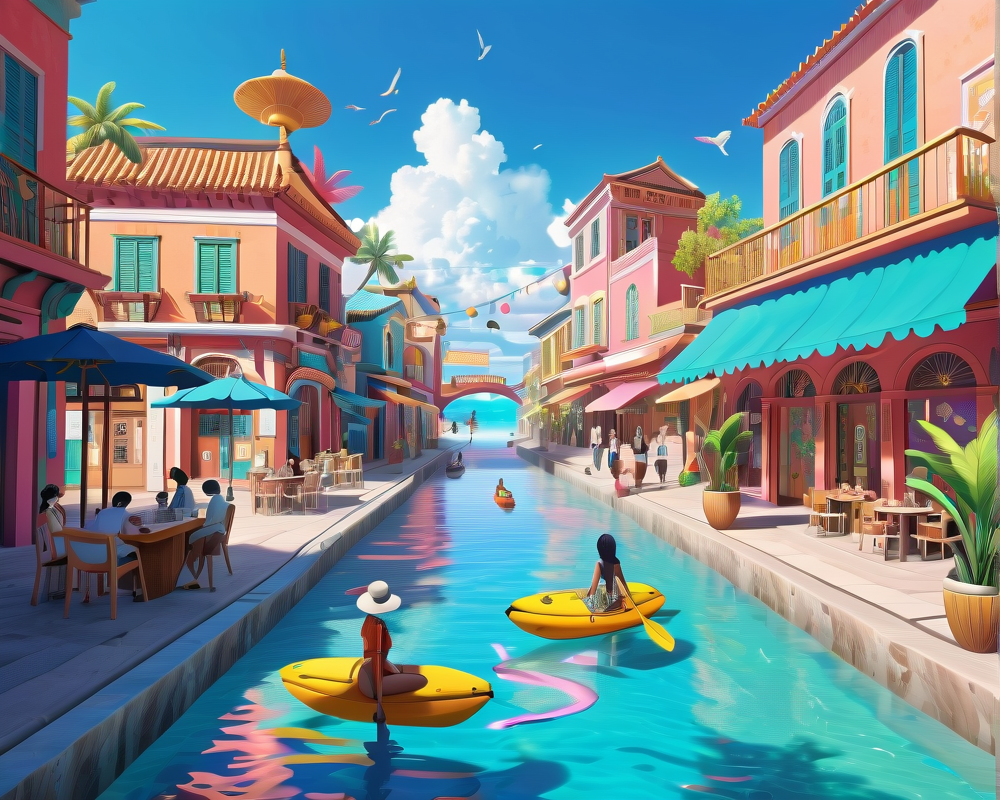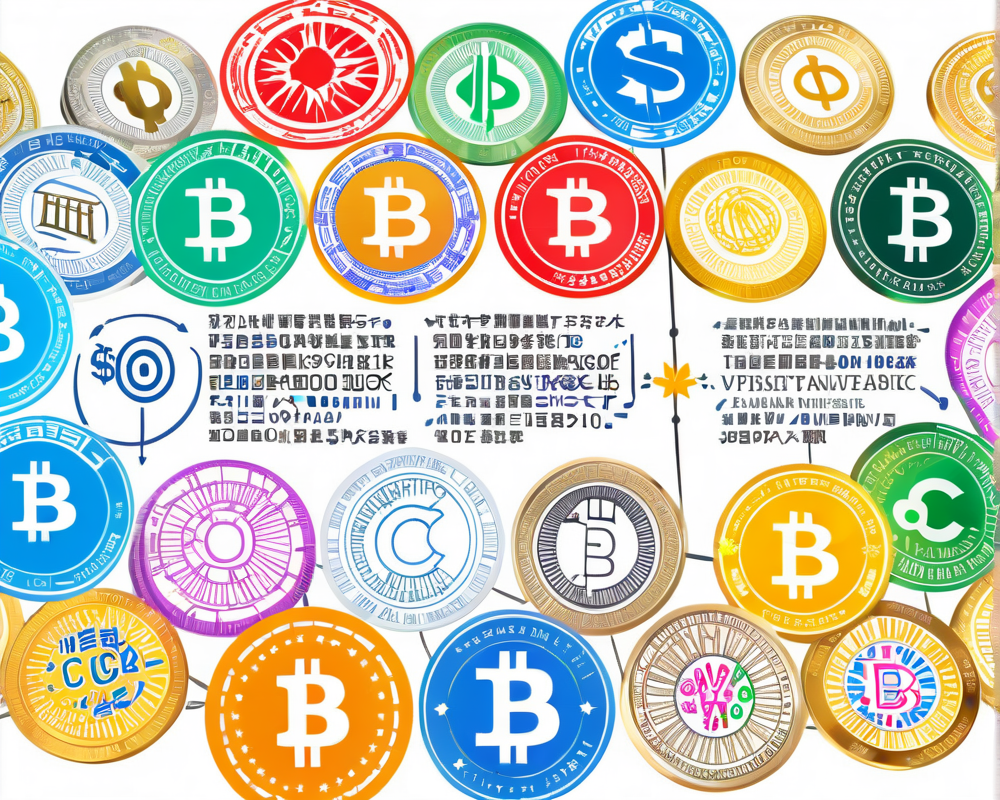The Metaverse: Shaping Tomorrow’s Tourism
The metaverse is pushing the boundaries of tourism like never before, especially when it comes to reviving ancient and historical sites. Picture this: you’re donning your virtual reality headset and stepping into a centuries-old castle or villa, immersing yourself in experiences that go beyond the limitations of the physical world. This futuristic approach offers owners the chance to keep their properties afloat financially while sharing rich histories in innovative ways.
The Reality Behind Virtual Castles
As tourism took a hit during the COVID-19 pandemic, many operators turned to digital solutions to keep the doors open. Enter the concept of nonfungible tokens (NFTs). It’s not just for quirky digital art anymore; now, it’s also funding restoration projects at historical sites. For instance, Michelle Choi of 3.O Labs kicked off her metaverse journey with the Non-Fungible Castle exhibition at Lobkowicz Palace in Prague. By showcasing NFTs alongside impressive paintings, they raised funds to cover critical restoration work that the physical site desperately needed.
Why Are We So Invested?
- To restore historical sites
- Broaden accessibility to culture
- Generate new income streams
Revising the Narrative: Questioning History
As effective as the metaverse is in providing a platform for historical preservation, it’s also a double-edged sword—are we rewriting history? Priyadarshini Raje Scindia, owner of the Jai Vilas Palace in India, intends to use NFTs to fund experiences that challenge the conventional narratives around her family’s past. With immersive storytelling, she’s ready to dive into the real history of her clan, highlighting a colorful legacy that goes beyond the dark portrayals often seen in textbooks.
Building the Future of Cultural Experiences
Metaverse tourism isn’t merely about virtual tours; it aims to create authentic connections and experiences. Prince Heinrich Donatus of Bueckeburg Castle echoes this sentiment, focusing on a model to preserve and celebrate heritage through decentralized organizations (DAOs). This innovative approach allows enthusiasts worldwide to support historical sites financially and engage in meaningful conversations surrounding their restoration.
What’s to Come?
With grand plans to host immersive experiences like lavish balls in Versailles and facilitate historical content creation through innovative methods, the metaverse can present a world where past and present coexist. It may feel like art meets history meets tech, and honestly, who doesn’t want to see a thrilling tennis match in a palace ballroom, virtually?
The Bottom Line: Virtual Realities, Real Impacts
As we move forward, the emergence of NFTs and metaverse projects in tourism holds not only the potential for historical preservation but also to provide a fresh perspective on discovering narratives that have long been overlooked. Who knew that the combination of tech and history could lead to a renaissance of storytelling? The metaverse may very well be the ticket to not just visiting the past, but experiencing it from a whole new angle.




